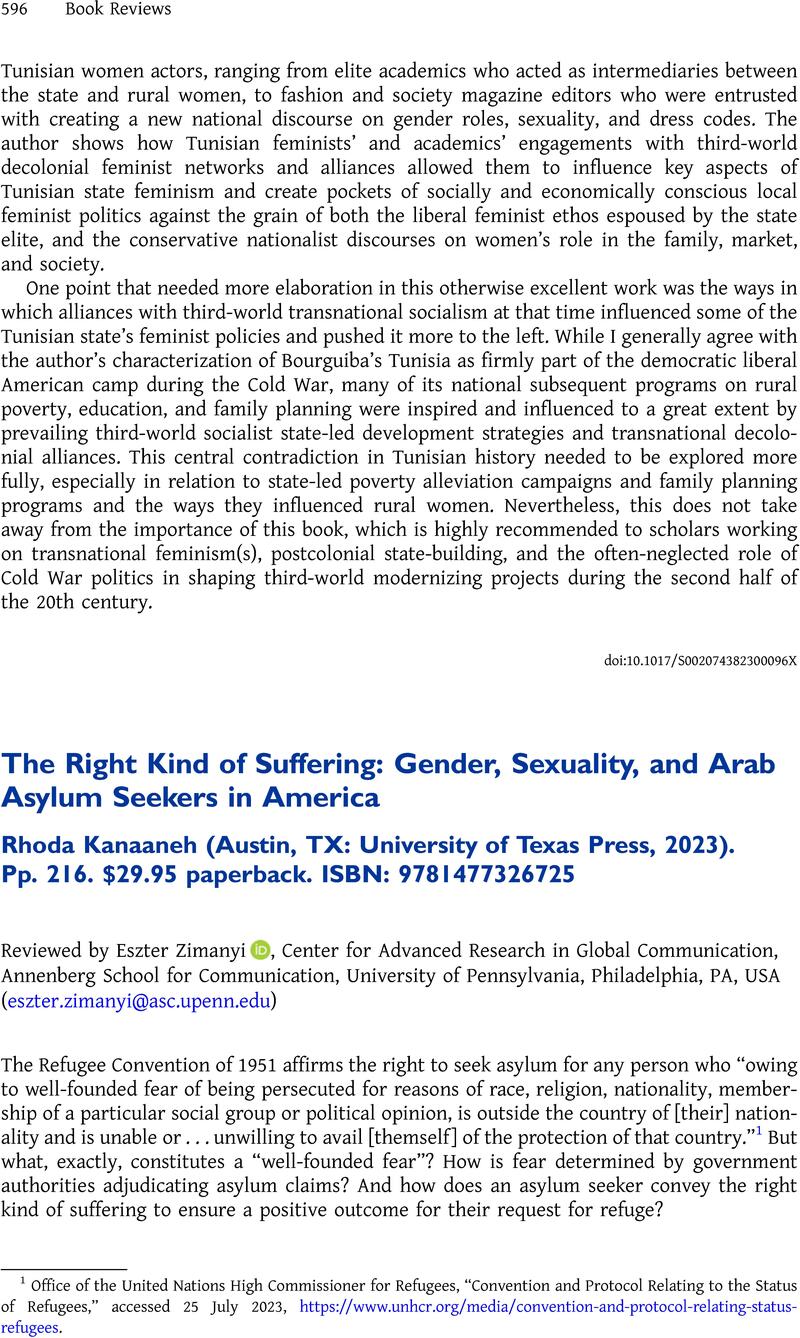No CrossRef data available.
Published online by Cambridge University Press: 21 September 2023

1 Office of the United Nations High Commissioner for Refugees, “Convention and Protocol Relating to the Status of Refugees,” accessed 25 July 2023, https://www.unhcr.org/media/convention-and-protocol-relating-status-refugees.